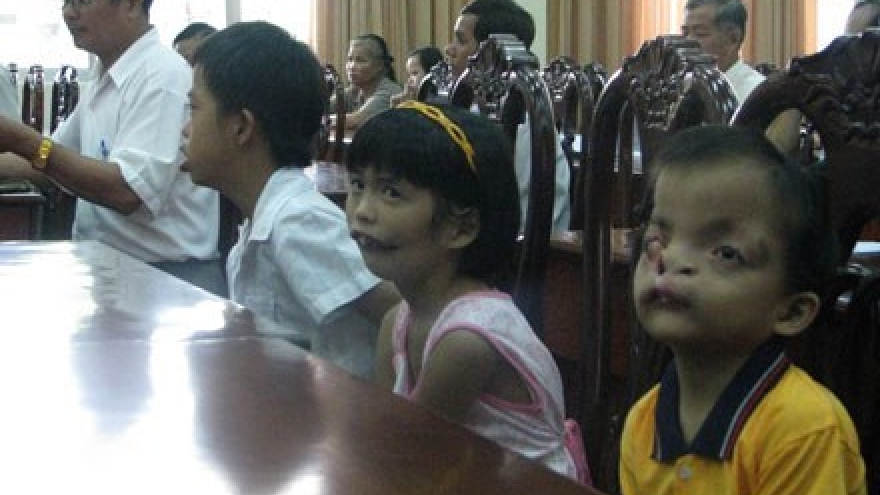Scientists hail RoK’s detox measure for AO/dioxin
Scientists and environmentalists have highly rated the microbiological method of the Republic of Korea to detoxify soil contaminated with Agent Orange (AO)/dioxin sprayed by the US during the war in Vietnam.
 |
It was the result of a joint project conducted by the Vietnam Association for Conservation of Nature and Environment (VACNE) and the RoK partners with the goal of finding solutions to detoxify land in A Luoi district – a site of many fierce battles in the wartime in the central province of Thua Thien-Hue.
The VACNE and Korean partners have analysed 86 soil samples contaminated with AO/dioxin in Thua Thien – Hue and experimenting with the RoK’s microbiological treatment method on the samples.
Chairman of VACNE Nguyen Ngoc Sinh said they plan to ask for permission to test the method on two hectares of contaminated land at A Sho airport in A Luoi.
Participants expressed hope that competent agencies at the central and local levels will create the best condition for the researchers to implement the microbiological measure in A Luoi district as well as other areas to protect public health.
At the workshop, the VACNE and Korean partners signed a Memorandum of Understanding (MoU) on proposals relating to the treatment of land contaminated with dioxin in A Luoi.
From 1961 to 1971, American troops sprayed more than 80 million litres of herbicides — 44 million litres of which were AO, containing nearly 370kg of dioxin — over southern Vietnam.
As a result, about 4.8 million Vietnamese were exposed to the toxic chemical. Many of the victims have died, while millions of their descendants are living with deformities and diseases as a direct result of the AO/dioxin effects.




